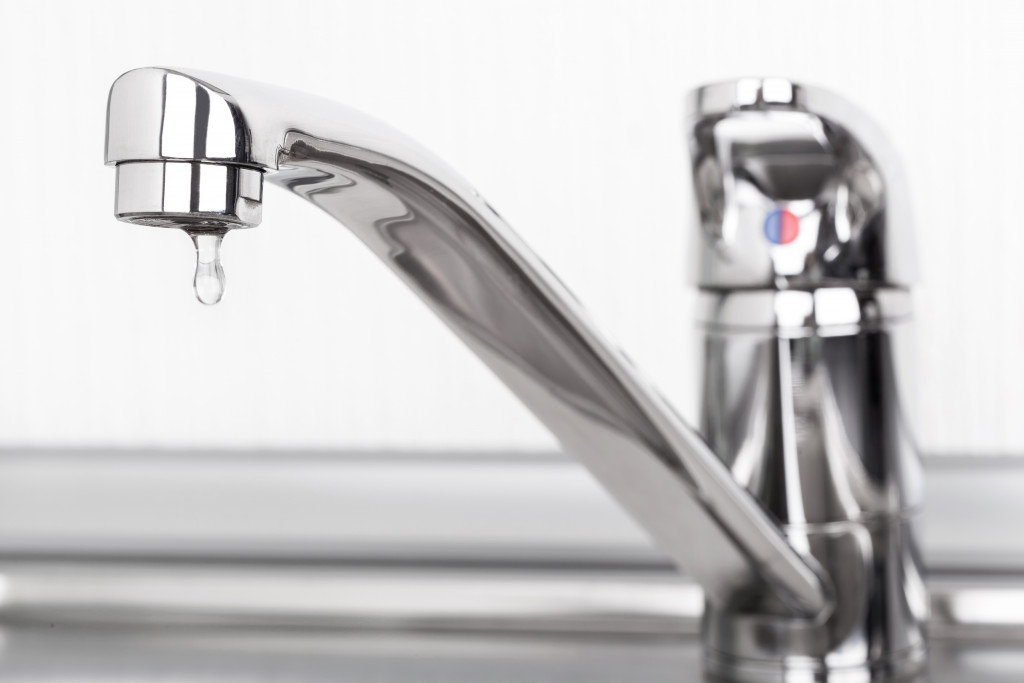• Stock the kitchen with healthy foods. Get rid of processed snacks. You won’t regret it!
• Make meal planning part of your routine. Have a plan in place so you are not tempted by unhealthy options.
• Invest in kitchen tools that make cooking easier, like slow cookers, blenders, air fryers, and food processors.
• Grow fruits and vegetables. It’s a great way to ensure that you always have fresh produce on hand!
• Finally, install a water filtration system in your home, so you are drinking clean and filtered water.
Eating healthy can be challenging, but it doesn’t have to be. By creating a home environment that is conducive to nutrition, you will find it easier to make healthier food choices. Here are a few essential tips for creating a home that encourages good nutrition.
Stock Your Kitchen With Healthy Foods
The first thing you should do when trying to create a nutritious home is stock your kitchen with healthy foods. This means getting rid of processed and unhealthy snacks, as well as replacing them with wholesome and nutrient-rich ingredients such as fruits, vegetables, lean proteins, and whole grains. Once you have stocked your kitchen with these types of foods, you will have quick and easy access to healthier options when hunger strikes.
Make Meal Planning Part of Your Routine
Sticking to healthy eating habits requires some level of planning ahead—especially if you want to avoid reaching for unhealthy snacks or takeout when you get hungry. Having a meal plan in place can help keep your diet on track and ensure that you are not tempted by unhealthy options because they are the only available option at the time. Dedicate some time each week or month to preparing your meal plans so that when it comes time to cook dinner, all the hard work has already been done for you!
Invest In Kitchen Tools That Make Cooking Easier

If cooking seems like too much of an effort or hassle, investing in kitchen tools that make cooking easier can help make the process more enjoyable and less intimidating. A slow cooker is great for busy days when there isn’t much time for prepping meals from scratch—just throw in all the ingredients in the morning before heading out and come back later for dinner! Some other helpful tools include blenders (for smoothies), air fryers (for healthier fried food), and food processors (for easier chopping).
Grow Fruits and Vegetables
If you have access to a garden or even just a balcony, starting a small vegetable garden can be a great way to get more fruits and vegetables into your diet. Growing your own produce ensures that they are fresh and of the highest quality, as well as making them readily available whenever needed.
Plus, it gives you an opportunity to try out new and unique vegetables that you may not usually find at the grocery store. Not to mention, it’s also a fun activity that is rewarding in itself! If you’re not sure what to plant yet, here are some ideas:
Cherry tomatoes
Cherry tomatoes are easy to grow and require minimal maintenance. Plus, they are sweet and delicious, making them a great addition to salads or as a snack on their own.
Carrots
Carrots are rich in essential vitamins and minerals, making them an excellent choice for any vegetable garden. Plus, some varieties of carrots can be harvested within a few months’ time, so you won’t have to wait long for the fruits of your labor.
Kale
Kale is a superfood that is packed with nutrients, and it’s also very easy to grow. Plus, when harvested at the right time, kale can be incredibly sweet and flavorful.
Eggplants
Eggplants are a great addition to any garden, as they require minimal maintenance and can be harvested in a relatively short amount of time. Plus, eggplants are incredibly versatile and can be roasted, grilled, or stir-fried for a delicious meal.
By growing your own fruits and vegetables, you can be sure that you always have fresh and nutrient-rich produce on hand.
Have Clean Running Water

Access to clean and running water is essential for staying hydrated, as drinking enough water throughout the day can help prevent dehydration and aid digestion. To ensure you always have fresh drinking water, install a water filtration system for your home. This will help ensure you drink clean and filtered water, free of pollutants. A water filtration system also has the added benefit of eliminating unpleasant tastes and odors from the water.
Creating a home environment conducive to nutrition doesn’t have to be complicated or time-consuming. By stocking your kitchen with healthy foods, making meal planning part of your routine, investing in helpful kitchen tools, and growing some fruits and vegetables at home, you can make healthier food choices easier than ever. And having access to clean running water will help keep you hydrated throughout the day. With these tips in mind, you should find it much simpler to create an inviting space that encourages good nutrition habits!

